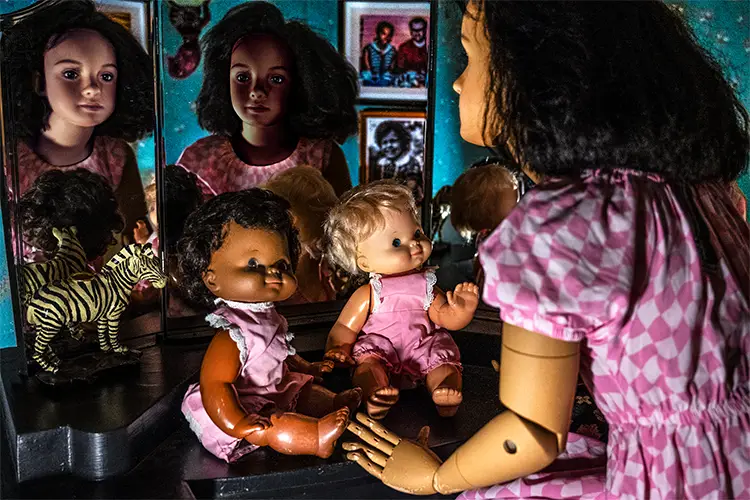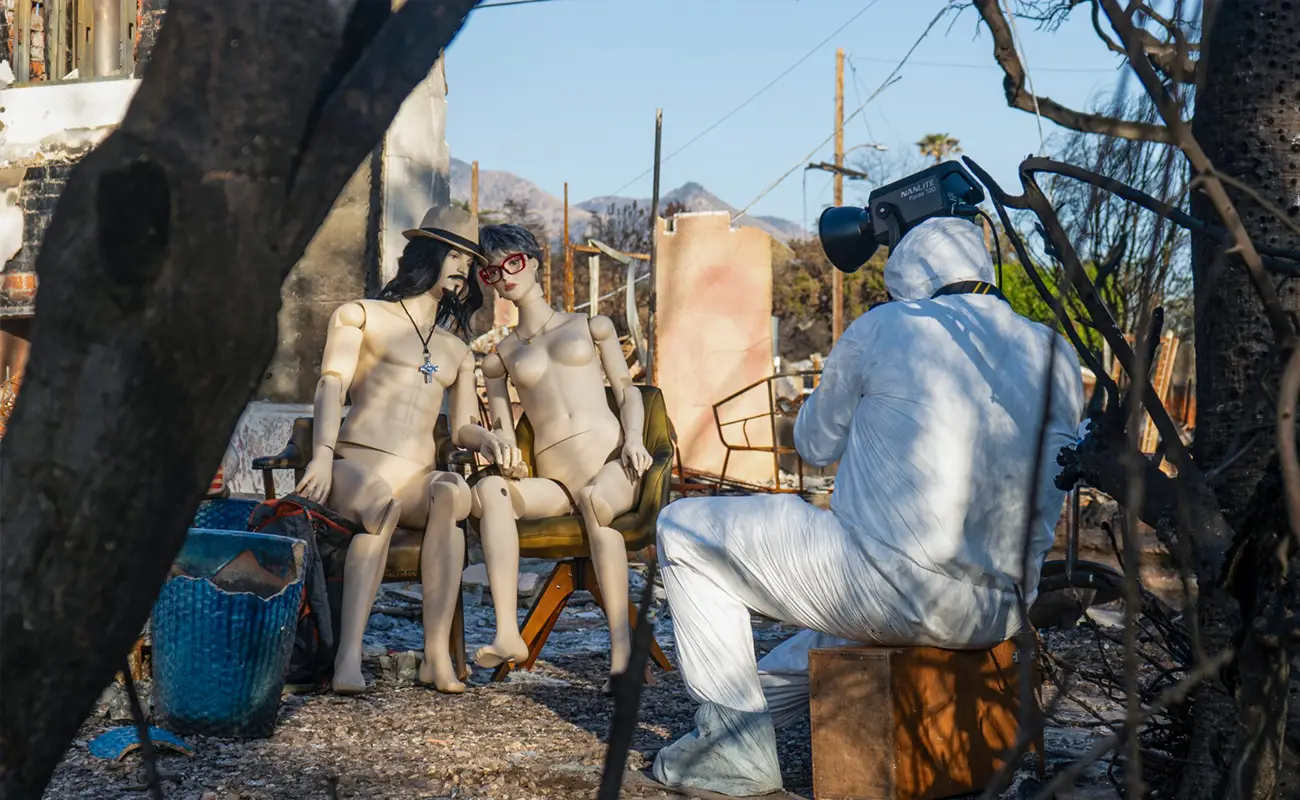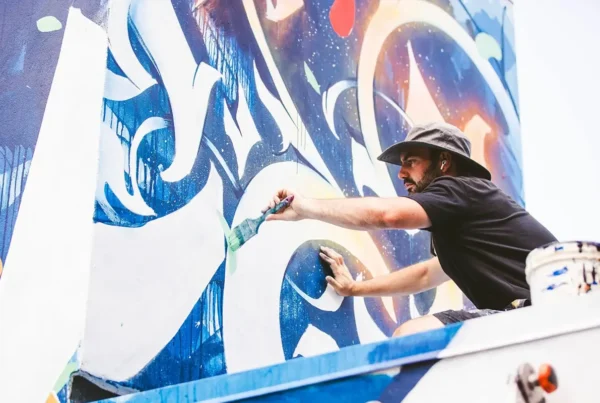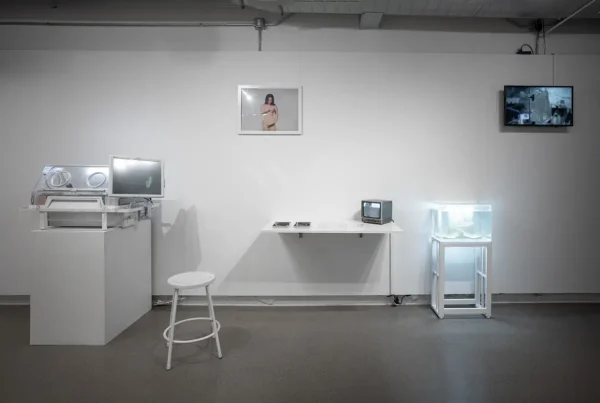“That mannequin is me. I was that boy, uninterested in sports, drawn instead to theater, music, dolls, and color—but silenced by shame and fear.”
The Architecture of Vision
Edward L. Rubin has carved a distinctive path through the interconnected worlds of fine art, photography, and production design. With roots in architecture at UC Berkeley and an MFA in Set Design from Carnegie Mellon, Rubin developed an early sensitivity to how space and meaning intersect. His decades in film and television shaped his ability to translate emotional nuance into constructed environments, earning him six Emmy nominations and an award for Disney’s Cinderella. This dual mastery of storytelling and visual composition now informs his artistic practice, which merges cinematic precision with psychological depth.
His artistry extends beyond aesthetic concerns, drawing heavily on his background in production design. Rubin has designed more than sixty productions, including a pivotal role as Art Director on American Horror Story, where atmosphere and emotional undercurrents were paramount. These experiences sharpened his capacity to shape environments that resonate with narrative complexity. Today, that same skill drives his photography, where every detail—lighting, costume, spatial arrangement—serves as a conduit for emotional truth.
What sets Rubin apart is the continuity between his professional history and personal artistic expression. His work embodies the theatricality of stage and screen but resituates it within still images, granting permanence to fleeting moments of recognition and transformation. The transition from designing for characters to constructing visual metaphors for lived experience represents not just a career evolution but an integration of all his creative identities into one cohesive practice.
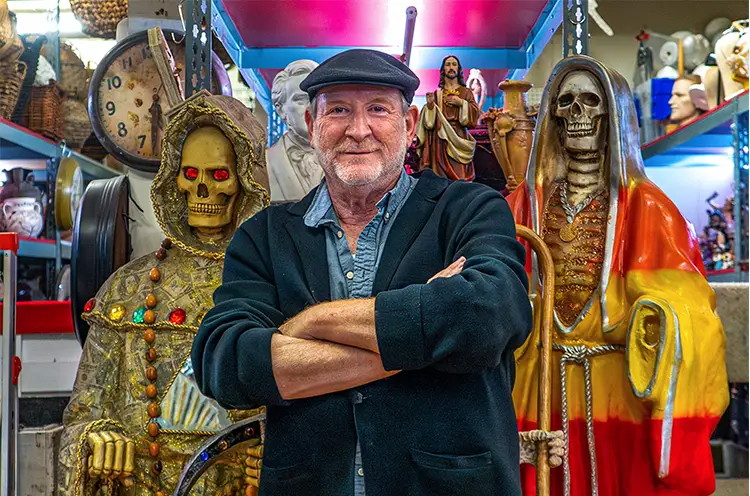
Edward L. Rubin: Stories Written in Light
Rubin’s creative identity is shaped by a lifelong engagement with art. Even as a child, he found himself sketching, painting, and imagining elaborate dramas. Yet it was only after years of navigating the high-intensity demands of production design that his personal artistic voice solidified. The discipline of designing for television honed his sense of narrative economy, while also deepening his appreciation for the fragile intersection between performance and authenticity.
His series My Mannequin Moment exemplifies this synthesis. Here, Rubin employs mannequins as stand-ins for human figures at critical junctures of self-discovery. These figures embody disconnection and resistance, symbolizing the rupture between societal expectation and inner truth. His style is cinematic, carefully staged, and meticulously composed, but the true force lies in the emotions conveyed. Theatrical lighting, psychological staging, and an emphasis on symbolic props elevate these images into visual narratives that resonate universally.
The recurring theme of transformation runs through his work. By freezing moments of rupture—those quiet instances where identity asserts itself against conformity—Rubin captures the delicate shift between silence and self-awareness. Each photograph becomes a visual record of metamorphosis, allowing viewers to connect with their own experiences of misalignment and awakening.
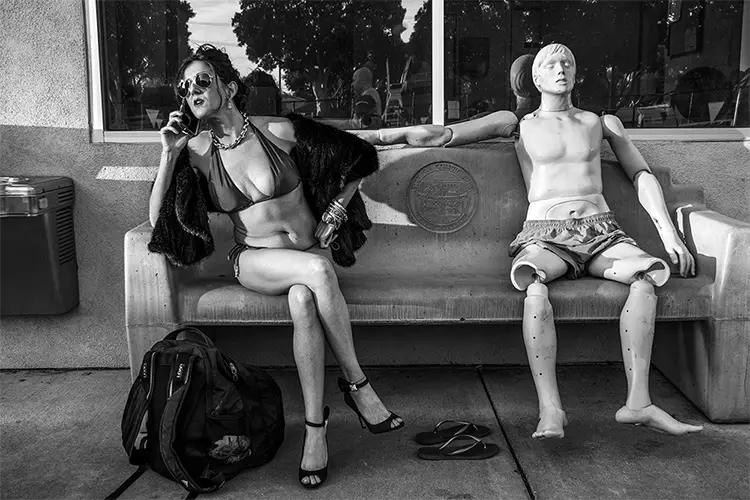
Cinematic Roots and Emotional Truth
Rubin’s artistic vocabulary draws heavily from both lived experience and cultural influences. Growing up within rigid definitions of masculinity, he learned early the pressures of expectation and the dissonance of suppressed identity. That struggle between self and performance has since become a foundation of his practice, with every staged image serving as both personal reflection and collective mirror.
Film and painting both contribute to his language of expression. Film noir’s tension, atmosphere, and chiaroscuro effects inform his dramatic compositions, while painters such as Egon Schiele, Edward Hopper, and Francis Bacon inspire his use of light and color to convey mood. These influences fuse into a hybrid style that carries the gravity of cinema but the intimacy of painting, giving his photographs a layered depth.
Collaboration, too, remains central to his approach. The lessons learned from years in television—how to shape mood through environment, how to coordinate multiple creative elements into a unified vision—now enhance his photographic practice. Every photograph becomes a small production, complete with staging, costuming, and design. Yet at the heart of this orchestration lies an unshakable focus on emotion, ensuring that the work never loses its human pulse.

Edward L. Rubin: The Power of Becoming
One of Rubin’s most resonant works is Big Game Day from his series My Mannequin Moment. Staged in a meticulously designed 1960s living room, the image depicts a father and older son celebrating a football victory, while a mannequin child sits apart, clutching a doll. This mannequin stands as Rubin himself, a young boy alienated by expectations he could not fulfill. Through this piece, he confronts his own past, illustrating the painful divide between external conformity and internal truth. The archival inkjet print becomes both personal confession and universal allegory, embodying the quiet rupture that signals transformation.
The technical precision of Big Game Day reflects Rubin’s production design background, yet the heart of the image is profoundly intimate. By embedding autobiography within a staged narrative, Rubin invites viewers to recognize their own unspoken fractures. The work’s emotional charge lies not only in what it depicts but in its ability to evoke empathy and shared recognition. It speaks to anyone who has experienced the silence of misalignment and the courage required to break free.
Looking forward, Rubin envisions expanding My Mannequin Moment into a comprehensive body of work with thirty images, gallery presentations, and eventual publication. He is also considering ways to integrate movement, possibly through short films that extend the photographs into kinetic form. By weaving photography, design, and narrative into a multi-layered practice, Rubin seeks to give voice to those subtle moments of awakening that mark the beginning of becoming one’s true self. His commitment to honoring these experiences ensures that his work resonates far beyond the frame.
